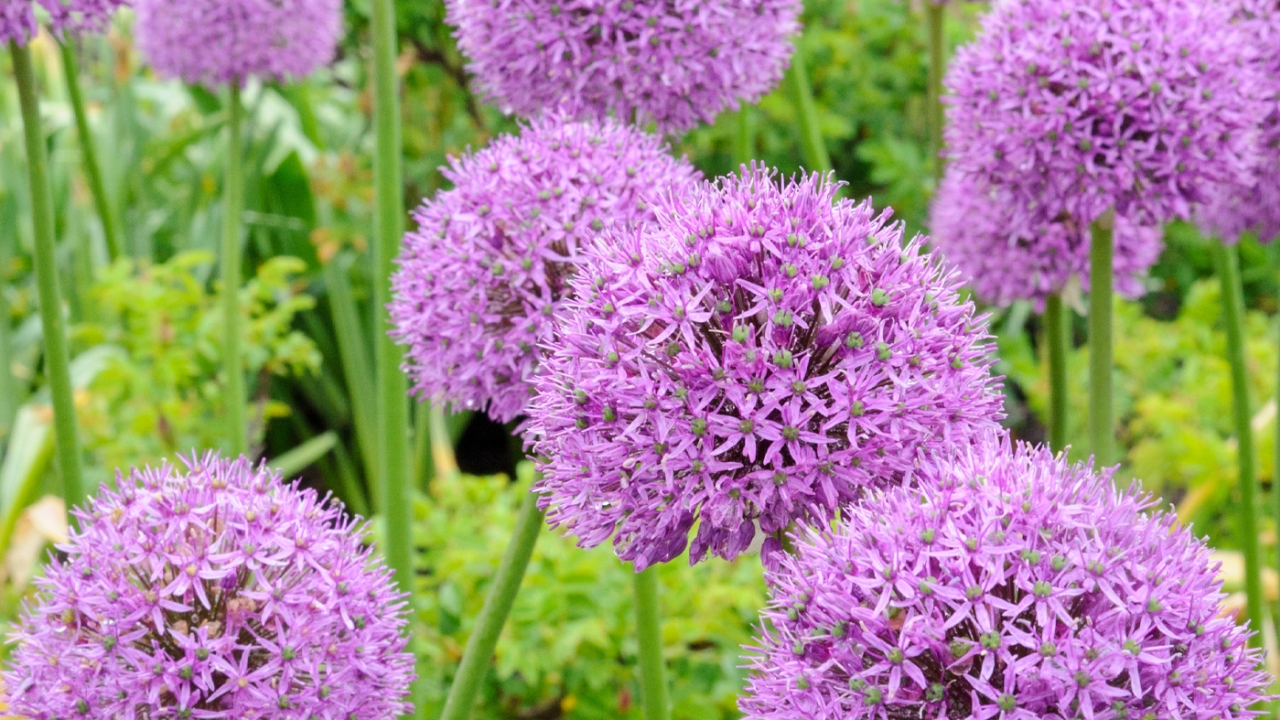

Goldenrod
Solidago spp.

The end of summer and the entrance of autumn can produce astounding color in the natural landscape. While some plants tone down as they prepare to "go gentle into that good night," others turn up the heat and glow with the fire of early fall color. Our native goldenrod, Solidago, is one of the golden glories of the field, prairie, oak woodlands, and even seaside.
There are more than 100 species of this perennial herb, and most of them are native to North America. Twenty-two different species alone are found growing naturally in the Chicago region. While the sunny meadows and former prairie lands carry the majority of the species, there are others quite at home in the partial shade of the woods — Solidago flexicaulis (the zigzag or broad-leaved goldenrod), S. ulmifolia (the elm-leaved goldenrod), and S. caesia (the blue-stemmed or wreath goldenrod). There are goldenrods of bog and fen environments (S. uliginosa, S. ohioensis, S. patula, andS. tenufolia), as well as goldenrods originating in salty seaside areas (S. sempervirens).
Long a popular plant in European fields and gardens, the 30 varieties of S. virgaurea found in Europe are generally about 2 feet high, noninvasive, and bloom in midsummer. The North American goldenrods, however, vary widely in height, with the shortest being S. brachystachys (under 12 inches) and the tallest topping out at 4 to 6 feet (S. rigida, S. gigantea, S. rugosa, and S. altissima). Most bloom from late summer to early fall.
The different species of goldenrod are found in many environments with quite differing soil conditions. When choosing a goldenrod for your garden, consider its native habitat before siting it in your own garden. Wet and dry prairie, sandy banks, oak savanna, marshy thicket, and swampy bog are all homes to goldenrod. Gardeners with tidy borders will surely prefer the clump-forming, noninvasive varieties, whereas the more naturalistic gardens might be able to accommodate the self-seeding or rhizomatous types. Most goldenrods are very hardy and very vigorous with few disease or insect problems. The spiky, fleecy, or sometimes flat-topped yellow flowers are versatile accents to the strong purples and pinks of aster, sedum, joe-pye weed, and butterfly bush. They also complement dainty flowers of boltonias, native grasses, and lobelias, as well as the majestic sunflowers.
Besides the array of goldenrods tested through the Plant Evaluation Program, the Chicago Botanic Garden has 22 different species and cultivars of goldenrods — many quite rare — located in the Prairie, Native Plant Garden, Sensory Garden, Fruit & Vegetable Garden, Landscape Gardens, and McDonald Woods. An end-of-summer visit to these various gardens is a perfect way to admire goldenrod's many forms, as well as note the companion plantings that enjoy the same sitings.
For gardeners concerned about goldenrod's alleged allergic reputation, please note that the real culprits are the plants that produce wind-borne pollen, such as ragweed (Ambrosia sp.). This common garden weed blooms at the same time as goldenrod but generates an unusual amount of pollen in the air. Goldenrod produces a sticky pollen meant to adhere to insects, not meant to fly around.
The Plant Evaluation Program at the Chicago Botanic Garden conducted a five-year evaluation of Solidago and published its findings in Plant Evaluation Notes #15. The study gave top marks to the following goldenrods:
- Solidago 'Baby Sun': This low-growing, early-blooming goldenrod remains upright and rarely flops, even after flowering. Its short, 2-foot stature makes it a good choice for small-space gardens. It blooms from early July to mid-August.
- Solidago flexicaulis 'Variegata': A good selection for semishaded wooded areas with its bright, variegated foliage, this cultivar grows taller than 4 feet and has a spreading nature. It blooms from early September to mid-October.
- Solidago 'Goldkind' (Golden Baby): Comparable in size to 'Baby Sun', 'Goldkind' is a good choice for high flower production, sturdy habit, and disease resistance. It blooms from late July to September.
- Solidago rigida: One of the tallest goldenrods at over 5 feet, this stiff goldenrod remained upright and clump forming throughout the trials. The gray green foliage contrasts nicely with its flat yellow flowers. It blooms from late August to early October.
- Solidago rugosa 'Fireworks': This one received the highest ratings due to its fine-textured foliage and arching stems bursting with tiny yellow flowers. This selection is a slow spreader that stays under 5 feet. It blooms mid-September to late October.
- Solidago sphacelata 'Golden Fleece': The most compact of all the goldenrods, at under 2 feet, it will spread slowly to over 3 feet. It blooms from late August to late October.
Download a copy of Plant Evaluation Notes #15 detailing the goldenrod study findings here. These recommendations are good news for all gardeners looking to incorporate the native goldenrod into their landscapes.

